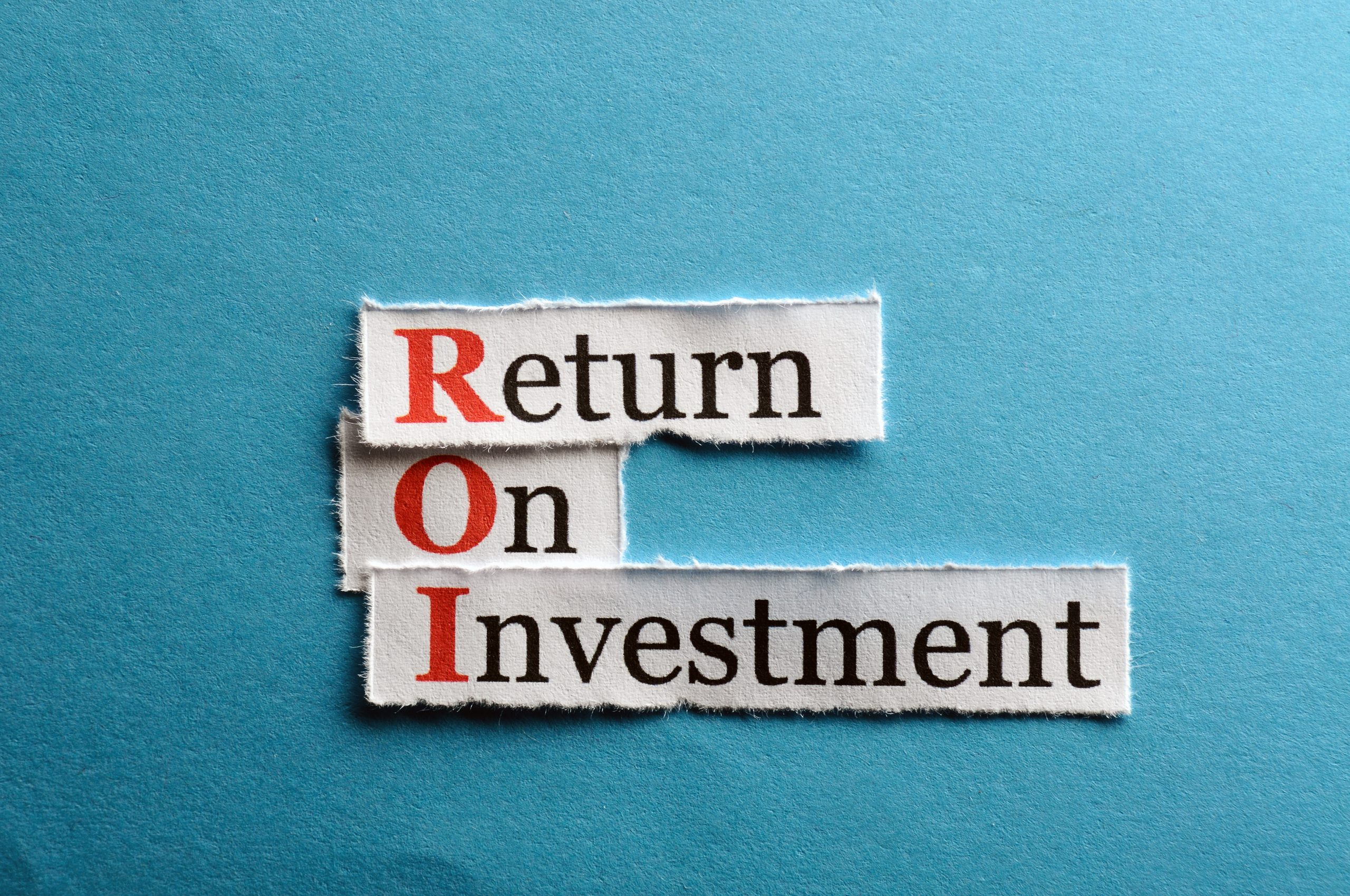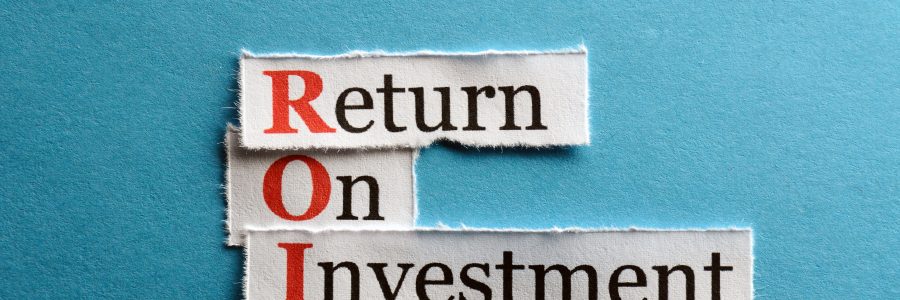
For many exhibitors, attending a trade show means a huge buzz of activity for a couple of weeks leading up to the event, followed by a crazy 2 or 3 days of intense networking, selling and brand pushing to as many people as possible in a very short space of time…. followed by a huge sigh of relief when it’s all over!
However for those exhibitors ( …and that really should be ALL exhibitors) with a ‘Grand Plan’ it’s really only the beginning of the process. Now is where the real work starts; in evaluating the event, tracking and nurturing leads and converting prospective buyers.
Methodologies for measuring the event’s success can go from evaluations such as simple observations, gathered and documented feedback (from both your own staff and your visitors) to calculated ROI and ROO. But one of the most important factors in being able to truly evaluate your trade show success is by having very defined goals and event objectives at the outset.
Depending on your brand or product, your trade show targets might be anything from generating new leads, launching a new product, testing a product’s feasibility in the market, making direct sales or just creating brand awareness and showing support for your industry.
Once you have determined your objectives, the next step is to set specific and quantifiable metrics by which to measure success. For example, it’s not enough to say you just want to generate new leads. You need to clearly define objectives; such as a set goal of; 100 new prospects to be followed up with a lead nurturing campaign where you aim to narrow down “hot” leads with an ultimate goal of a 5% final sales conversion rate.
Even before the event you should be focusing specifically on your goals and targets by sending invites stating your intentions such as; ‘We would like to introduce our new product’ or, if direct sales are your intention then offer a special price to buy on a specific day. If it’s just market visibility and brand awareness you want then offer incentives to stop by the stand.
As well as specific goals, you should set structured timelines. For example, plan to follow up initial leads within 1 week of the show, with a secondary follow up, whether by email or phone call within a month, with a target to finalise sales within 6 months. Make sure your staff track and record all responses both positive and negative and note any income eventuating from an initial show contact, even if several months after the event. This way you can define revenue against your costs and calculate your (ROI) return on investment.
Though not offering monetary incentives directly, your (ROO) return on objectives is just as important to evaluate. For instance if your main objective was to raise brand awareness in your industry or to gauge perception about your business from your industry peers then you can still set prescribed targets. This might involve asking potential customers to fill out surveys both at the show and after it. Then perhaps another 6 months on to see if perception has changed. Creating charts based on answers will help you track your results and create a quantifiable measurement.
Measuring and evaluating results against specific goals will enable you and your team to make key strategic and tactical decisions moving forward towards your next event. Your results should help decide which events are worth attending and many other considerations which all play a part in a successful exhibiting experience.
You should also aim to evaluate your exhibition stand itself. Find out if there are any improvements to be made. Ask your staff and visitors about their experience. Was the stand the right size? Was the location good? Were you losing prospective visitors to another stand – if so, why? Was there a particular feature which was a talking point? Seemingly minor things such as what time of day was the busiest and which way did foot traffic enter and leave the stand can all provide invaluable data when planning for your next event.


